Understanding Hex Cap Bolts: The Unsung Heroes of Structural Strength
Created at : Nov 11, 2025
In the world of construction, manufacturing, and machinery, the smallest components often play the biggest roles. Among them, hex cap bolts stand out as one of the most widely used fasteners — recognized for their strength, durability, and versatility. Whether holding together the framework of a building, the chassis of a vehicle, or the intricate components of industrial equipment, hex cap bolts are the literal backbone of mechanical stability.
What Are Hex Cap Bolts?
Hex cap bolts, sometimes referred to as hex head cap screws or simply hex bolts, are characterized by their six-sided heads and threaded shafts. The hexagonal head is designed for maximum torque, allowing easy installation with wrenches or sockets. Their simplicity and effectiveness make them a top choice across countless industries where reliable fastening is essential.
Unlike many other fasteners, hex cap bolts are engineered for strength. Available in various grades and materials, they’re designed to withstand heavy loads, high tension, and vibration — making them suitable for both temporary assemblies and permanent installations.
A Bolt Built for Strength and Precision
At first glance, a bolt may seem like a small, inconsequential part of a larger system. Yet every hex cap bolt is the product of precision engineering. The threading is designed to engage tightly with a corresponding nut or threaded hole, creating a secure connection that resists loosening even under high stress.
Their six-sided head isn’t just for aesthetics — the hex shape allows tools to grip securely from multiple angles, enabling workers to apply significant torque without slippage. This is particularly important in environments like heavy equipment assembly or structural steel fabrication, where precision and safety are non-negotiable.
Common Applications Across Industries
Because of their versatility, hex cap bolts can be found virtually everywhere. Here are some of the most common ways they’re used across key sectors:
1. Construction and Infrastructure
In construction, hex cap bolts are essential for creating strong, load-bearing connections. They fasten steel beams, structural columns, and wooden frameworks, providing the reliability needed for large-scale projects. From bridges and high-rise buildings to smaller commercial structures, these bolts ensure long-term stability and safety.
2. Machinery and Equipment Manufacturing
Machinery assembly is another area where hex cap bolts are indispensable. They’re used to join machine frames, motors, and mechanical components that experience constant movement and vibration. Their high tensile strength allows them to maintain secure connections even under extreme operating conditions, preventing costly downtime or equipment failure.
3. Automotive and Agricultural Equipment
In the automotive industry, hex cap bolts hold together critical components such as engines, transmissions, and suspensions. Similarly, in agricultural machinery, they provide the strength needed to endure rugged field conditions. The ability to easily tighten, loosen, and replace them during maintenance makes hex bolts the go-to fastener for technicians and engineers alike.
4. Fabrication and Metalworking
Fabricators and metalworkers rely on hex cap bolts when precision and stability matter most. Whether it’s for fixtures, weldments, or custom assemblies, these bolts provide the perfect combination of strength and adjustability. Their uniform shape and threading make them compatible with a wide range of materials and joint types.
5. General Maintenance and Repair
Beyond manufacturing and construction, hex cap bolts are also used for everyday maintenance. They’re ideal for repairs that require secure fastening yet allow for future disassembly — from replacing parts in industrial equipment to fixing machinery in workshops or production plants.
Material Choices and Grades: Designed for Performance
Not all hex cap bolts are created equal. The choice of material and grade determines how well a bolt performs under specific conditions:
- Carbon Steel: The most common type, carbon steel bolts offer excellent strength and durability. They are often coated with zinc or black oxide for added corrosion resistance.
- Stainless Steel: Perfect for environments exposed to moisture or chemicals, stainless steel bolts resist rust and corrosion while maintaining structural integrity.
- Alloy Steel: These bolts are heat-treated for extra toughness, making them ideal for heavy-duty applications such as automotive manufacturing or industrial machinery.
In addition to materials, hex cap bolts are classified by grades — indicators of their mechanical properties. For example:
- Grade 2: A standard strength bolt used for general-purpose applications.
- Grade 5: Medium-strength, commonly used in automotive and structural applications.
- Grade 8: High-strength bolts ideal for demanding environments requiring maximum durability and load capacity.
Each grade corresponds to specific tensile and yield strength values, ensuring that the right bolt can be chosen for the right job.
Advantages That Make a Difference
The popularity of hex cap bolts isn’t just due to tradition — it’s because they offer real-world advantages that other fasteners can’t easily match:
- Exceptional Strength: Designed to handle high loads and stress without failure.
- Ease of Use: The hex head allows for quick tightening and removal using common tools.
- Versatility: Suitable for use with nuts, washers, or directly into threaded holes.
- Reusability: In non-critical applications, they can be removed and reused multiple times without compromising performance.
- Wide Availability: Manufactured in a vast range of sizes, materials, and finishes to meet nearly any specification.
Small Components, Big Impact
Despite their simplicity, hex cap bolts are among the most vital components in mechanical design and construction. Every structure, vehicle, and piece of machinery depends on their reliability to maintain integrity and function. They may not be the most glamorous parts of a project, but they are certainly among the most indispensable.
Next time you see a steel beam being hoisted into place or a piece of heavy machinery at work, remember that the strength holding it all together likely comes down to the humble hex cap bolt — a small but mighty component that keeps our world built, running, and secure.
 SCREWS
SCREWS
 NUTS
NUTS
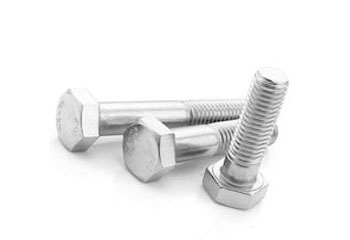 BOLTS
BOLTS
 WASHERS
WASHERS
 SPACERS & STANDOFFS
SPACERS & STANDOFFS
 PRECISION/CUSTOM PARTS
PRECISION/CUSTOM PARTS
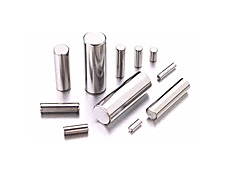 PINS
PINS
 WIRE HANDLING
WIRE HANDLING
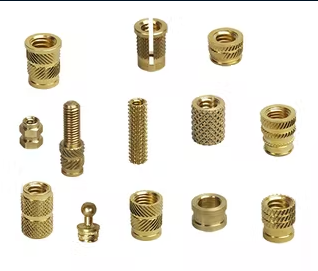 INSERTS
INSERTS
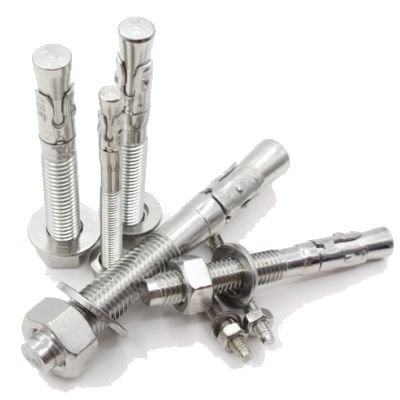 ANCHORS
ANCHORS
 DRILL BITS, TAPS, & DIES
DRILL BITS, TAPS, & DIES
 ABRASIVES & SAWBLADES
ABRASIVES & SAWBLADES
 SAFETY EQUIP.
SAFETY EQUIP.
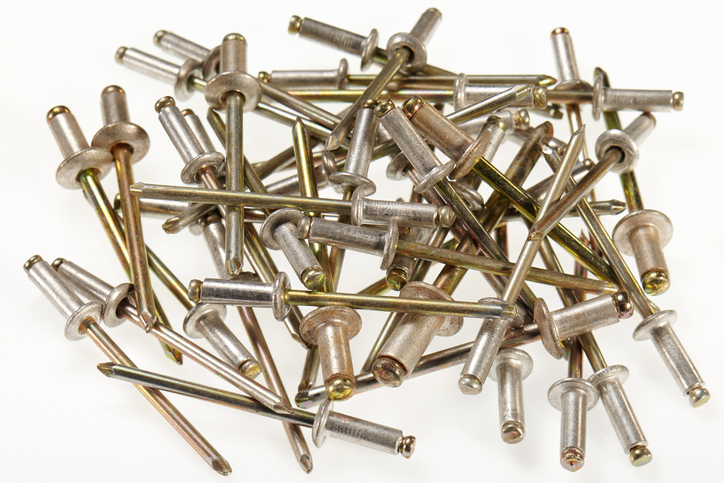 MISC.
MISC.
 MATERIAL TYPES
MATERIAL TYPES
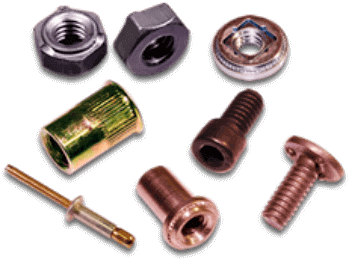 PLATING TYPES
PLATING TYPES